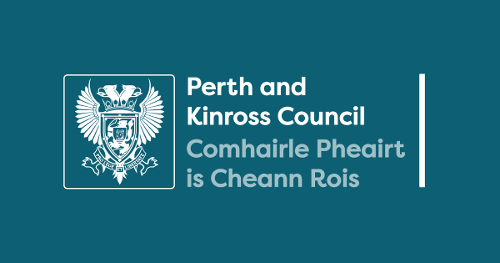Elected Member Briefing Note 2024, No. 110
About this Briefing Note
Report by: Margaret Lynch, Poverty Officer
Date: 27 November 2024
Subject: Statistics on poverty and child poverty
Responsible Officer: Greg Boland, Strategic Lead - Strategic Planning, People and Performance
Details
Purpose
At the Council meeting of 30 October 2024 there were questions from Elected Members around the statistics used for poverty and child poverty. Elected Members asked for the methodology on child poverty statistics and for more detail to be provided on the measurement of uncertainty.
Briefing Information
The UK Government Statistics and their Measurement of Uncertainty
The DWP produces annual poverty statistics in its Households Below Average Income (HBAI) National Statistics publication. The published HBAI analysis provides a confidence interval of between 15 to 18 percent. This means that we can be 95 percent sure that between 15 and 18 percent of individuals are in relative low income. See footnote 1.
The UK Government reports on:
- Relative poverty before housing costs (relative low income) - households which have less than 60% of contemporary median income
- Absolute poverty before housing costs (absolute low income) - households which have less than 60% of the median income in 2010/11 uprated by inflation (held constant in real terms)
These measures are published on children, pensioners, working-age adults and all individuals.
The Scottish Government Statistics and their Measurement of Uncertainty
The Scottish Government's main measure of poverty that is used is relative poverty - after housing costs. The Scottish Government reports the proportion of children living in poverty is likely to be somewhere between 18% and 30%. The number of children living in poverty is likely to be somewhere between 170,000 and 310,000 across Scotland. Poverty rates for Scotland give the mid-point estimate of 24%.
Measuring Poverty - the approach used in Perth and Kinross
Our approach to measuring poverty in Perth and Kinross is to triangulate data from a range of sources to get a clearer understanding of the scope and extent of poverty and how it impacts on people's lives. We:
- report on relative poverty (after housing costs) as this is the most commonly used measure in Scotland and gives a comparator figure with other local authorities and enables us to track trends over time
- provide estimates of where the relative poverty threshold stood for different family/household types
- provide grossed-up estimates for the number and percentage of children, working age adults and pensioners living in deep and very deep poverty
- developed 26 indicators around measuring income from employment, the essential cost of living, income from social security and other benefits and closing the attainment gap - some of the data required is no longer provided by UK Government/Scottish Government - and therefore trends data is available for some, but not all the original 26 indicators
- use commercially available data to identify the percentage and number of households facing financial challenges
The Children's Scorecard was developed to provide Perth and Kinross Council with a reasonable alternative means of measuring our impact on those areas which mattered most to parents experiencing poverty. It has been nationally recognised as good practice. We are further developing our approach by commissioning the Fraser of Allander Institute to assess the impact of our anti-poverty work and service delivery from the perspective of outcomes it lands for individuals and families and preventative spend for the Council and its services. We hope to be able to report on this research towards the end of 2025.
The meaning of upstream
The term "upstream" in this context means "early intervention" so that we (the Council) engage with households at the earliest opportunity to provide longer-term sustainable solutions to avoid/prevent or minimise crises in the future for our families. There are great examples across the Council and with our partner organisations of the real difference early intervention can have on the outcomes for children and their families. We want to continue to promote the "no wrong" door approach so families are only telling their story once so they get the support they need at the right time and by the right service.
Footnote 1: There is no explanation why the HBAI confidence interval is for a much narrower range (3%) than the Scottish confidence interval range (+/-6%) when both sets of statistics derive from the same source - the Family Resources Survey.




